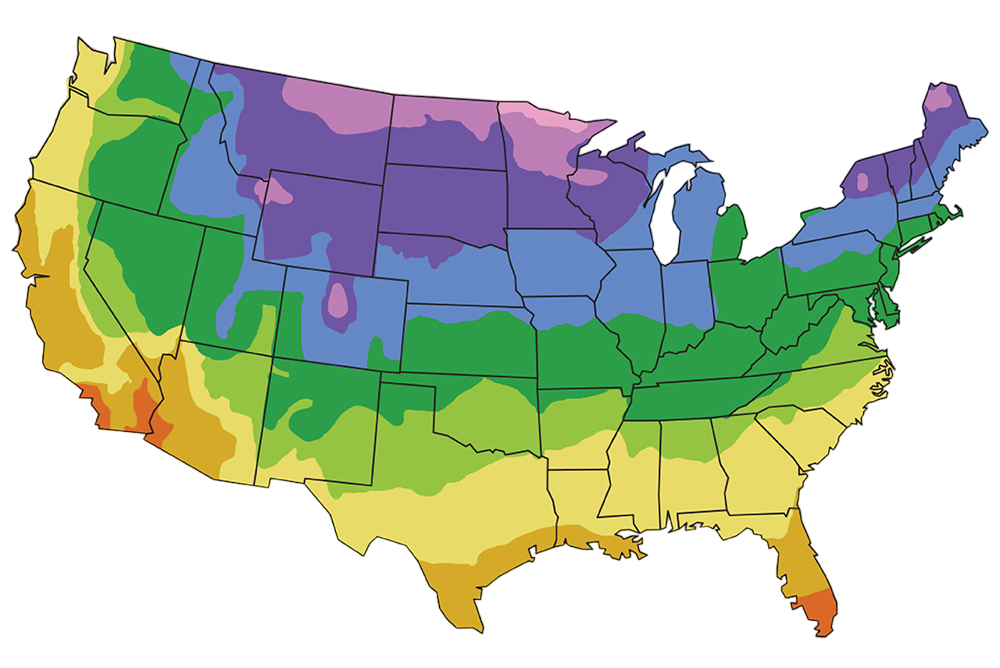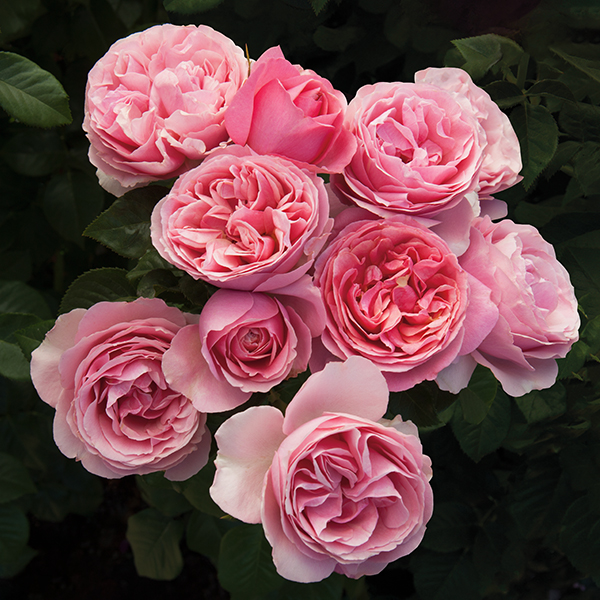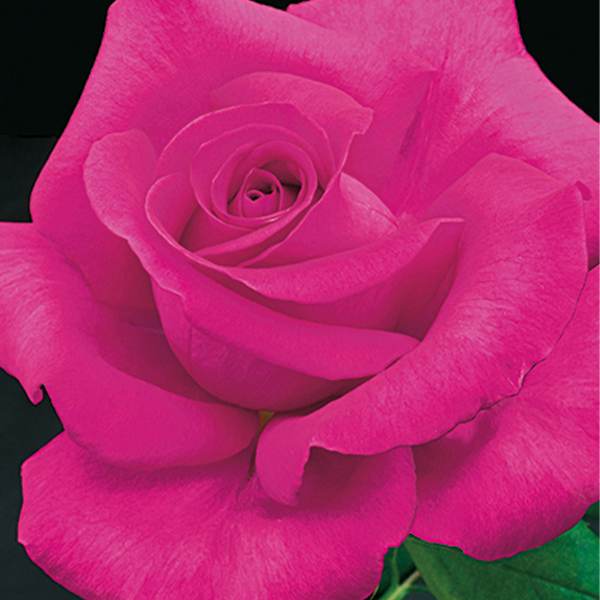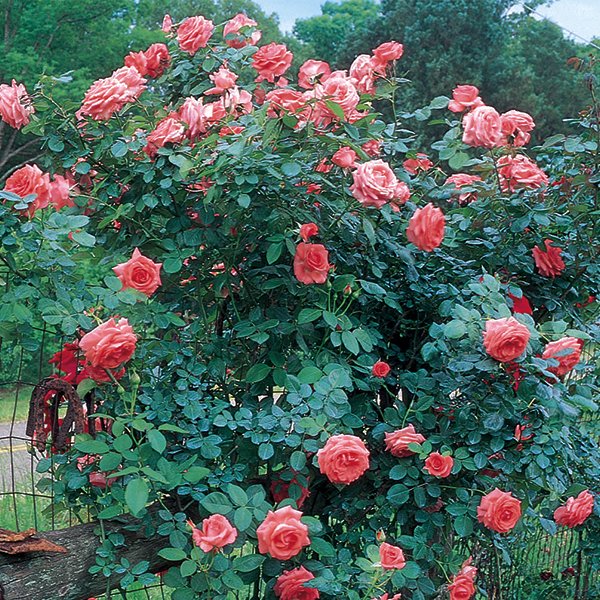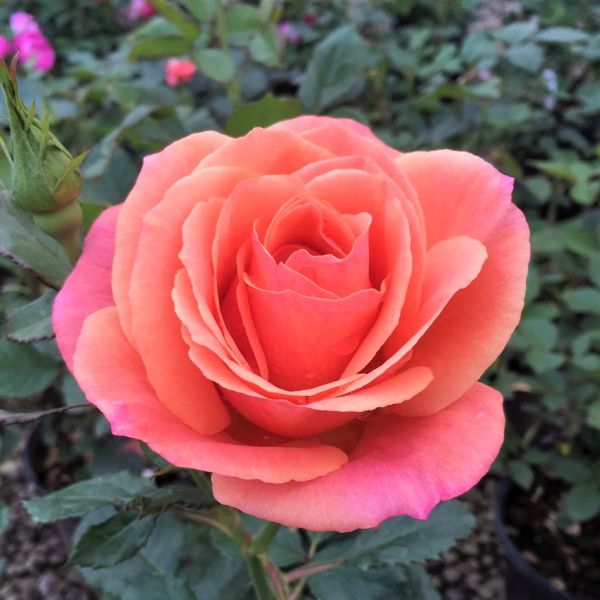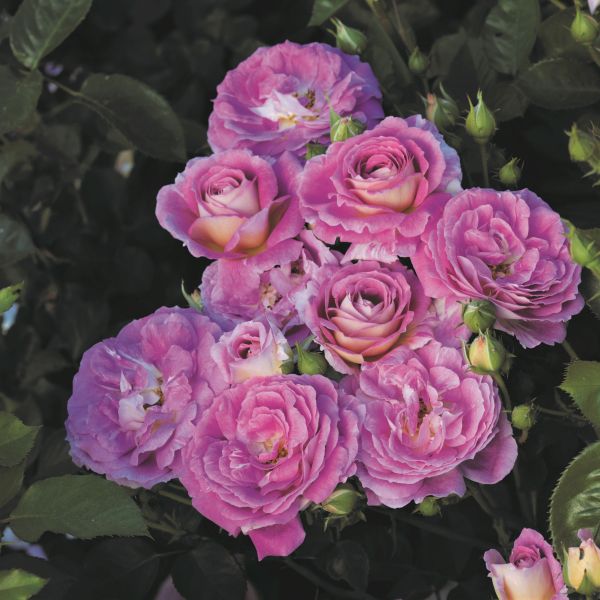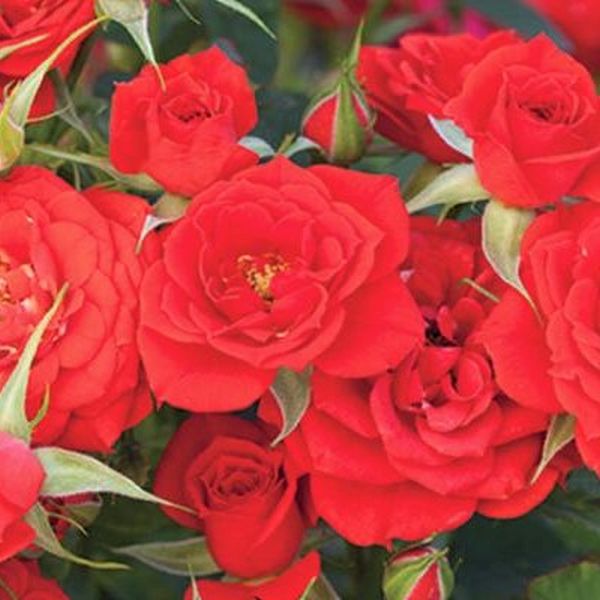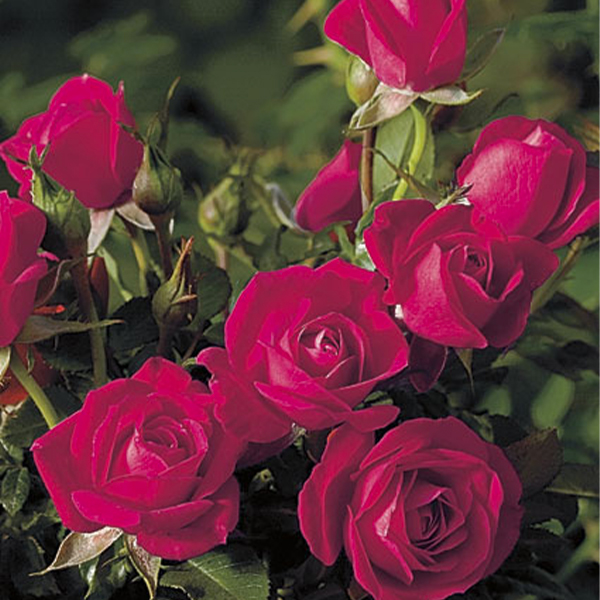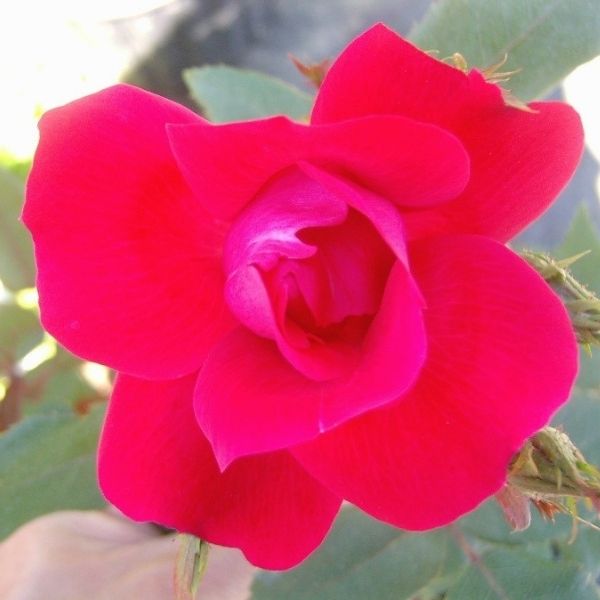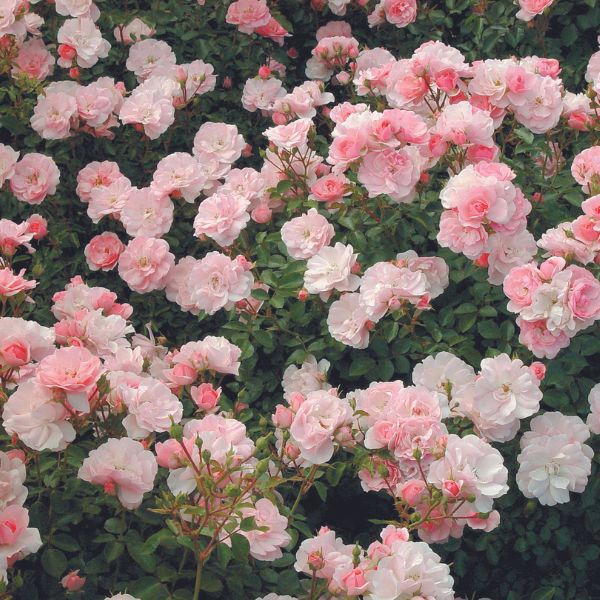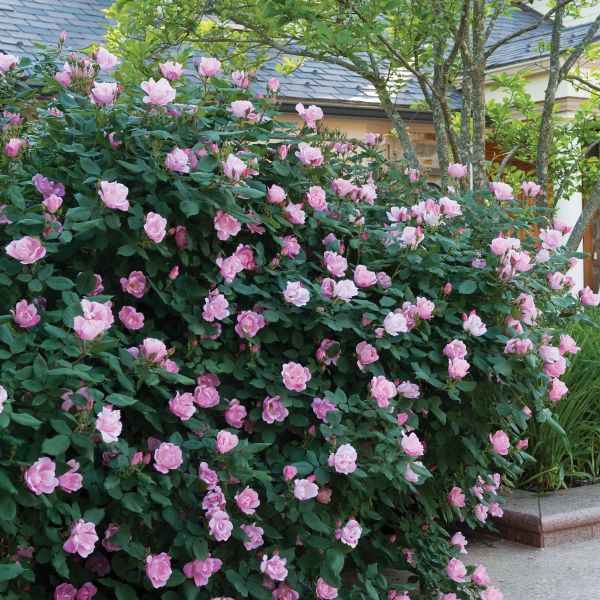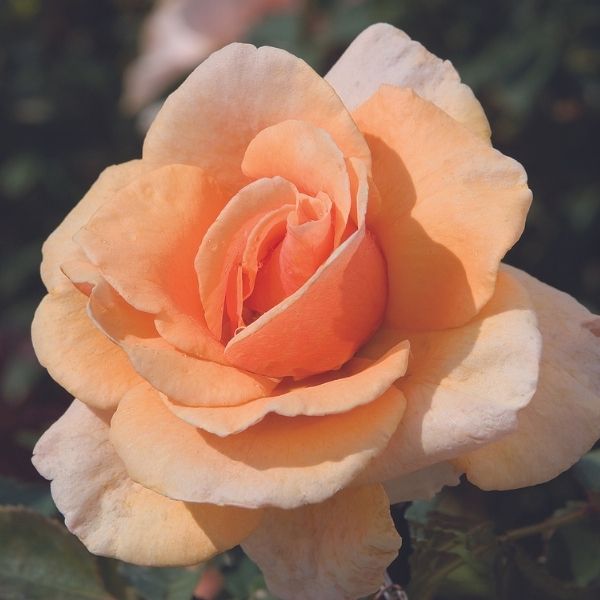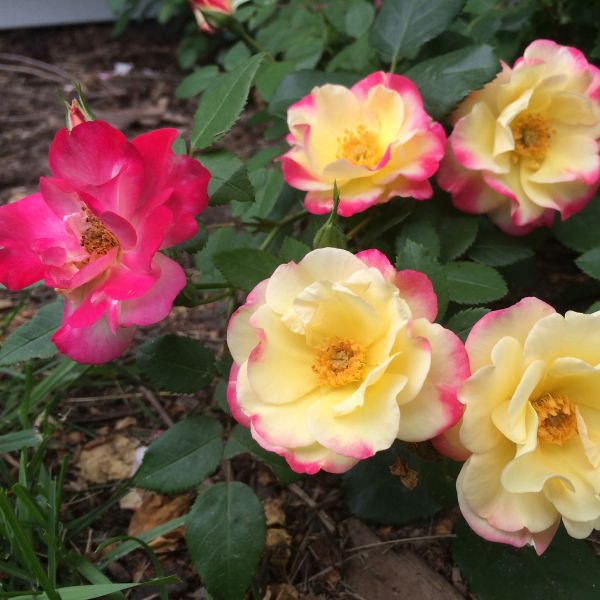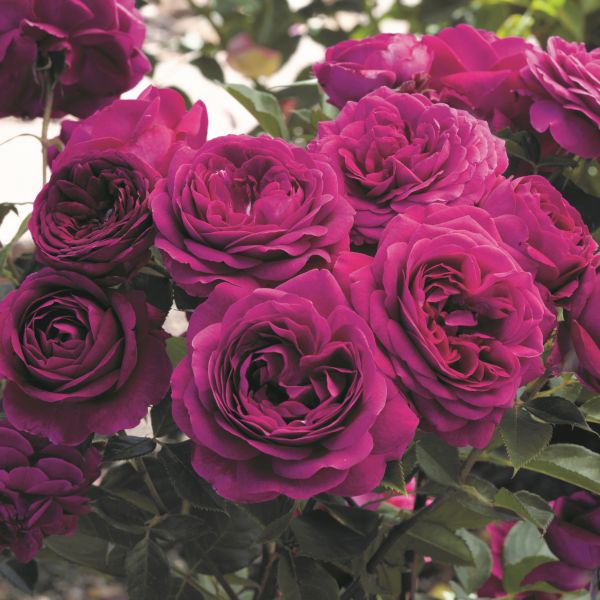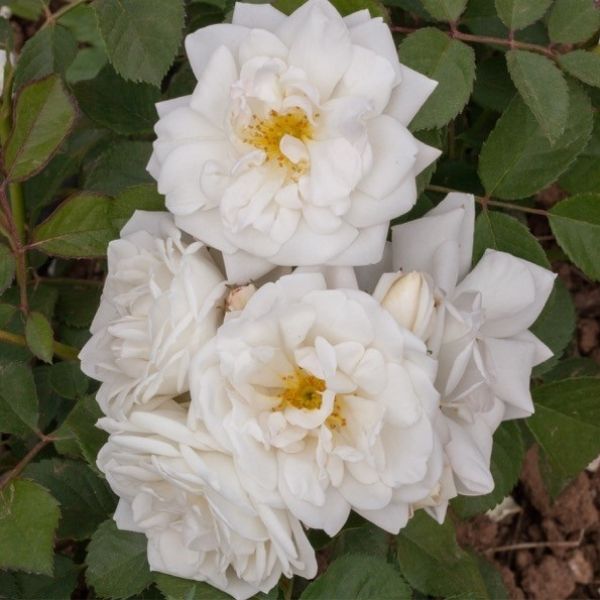
Whipped Cream Rose
Rosa 'Whipped Cream'
17 reviews
Whipped Cream Rose
Rosa 'Whipped Cream'
17 reviews
2.5 Gallon
We are sorry, product is currently out of stock due to seasonal availability. Please check the "Related plants available in your area" section below
Not just beautiful - intentionally selected by ShrubHub's 3D landscape design team to fit real-world spaces and maximize yard potential.
Why Whipped Cream Rose?
Whipped Cream Rose (Rosa 'Whipped Cream') is a beautiful, hybrid tea rose renowned for its exquisite white blooms reminiscent of fluffy whipped cream. Its delicate petals are perfectly formed and emit a sweet fragrance, adding to its allure. This stunning rose variety is a popular choice for gardens and floral arrangements, where it adds a touch of elegance and romance.
Related plants available in your area
Sunlight
Whipped Cream Roses require full sun to thrive.
Watering
The watering requirement for the Whipped Cream Rose is moderate, meaning it should be watered regularly but not excessively. It prefers slightly moist soil and should be watered deeply every 1-2 weeks, depending on weather conditions and soil moisture leve
Fertilizing
The fertilizer requirement for Whipped Cream Rose is nitrogen-rich, balanced fertilizer with an N-P-K ratio of 10-10-10 or 12-12-12. Apply the fertilizer monthly during the growing season, following the package instructions for application rates.
Whipped Cream Rose (Rosa 'Whipped Cream')
The Whipped Cream Rose, scientifically known as Rosa 'Whipped Cream', is an exquisite and elegant variety of Hybrid Tea Rose. This cultivar showcases a stunning display of creamy white blossoms that resemble dollops of whipped cream gently placed on its lush green foliage.
The large, semi-double or double flowers of the Whipped Cream Rose bloom abundantly from late spring to early fall, filling the air with a delightful and intoxicating fragrance that attracts pollinators like bees and butterflies. With its vigorous growth habit, this rose bush can reach a height of around 4 to 5 feet and a spread of 2 to 3 feet.
This rose variety is popular not only for its stunning appearance but also for its exceptional disease resistance. The Whipped Cream Rose is known to be highly resistant to common rose diseases such as blackspot and powdery mildew, making it a low-maintenance choice for rose enthusiasts. Its vigorous nature and adaptability make it suitable for growing in various climates and regions.
With its classic hybrid tea form, the Whipped Cream Rose makes an excellent focal point in any garden or landscape. It can be planted as a standalone specimen or in groups to create a breathtaking display of creamy white blooms. This rose variety is also suitable for cutting gardens, where its long stems and abundant flowers can be used to create stunning floral arrangements.
To ensure optimal growth and blooming, the Whipped Cream Rose prefers a location with full sun exposure and well-draining soil. Regular watering and occasional fertilization will further enhance its performance. Pruning should be done in early spring to remove dead or damaged wood and to shape the plant according to your desired form.
With its enchanting beauty and delightful fragrance, the Whipped Cream Rose is sure to captivate the hearts of any rose lover. Plant this stunning variety in your garden and enjoy a season full of creamy white blooms and a touch of elegance.
Plant Information:
| Botanical Name: | Rosa 'Whipped Cream' |
| USDA Zones: | 5 - 9 |
| Water: | Moderate |
| Exposure: | Full Sun |
| Soil Needs: | Well Drained |
| Mature Height: | 2 - 3 feet |
| Mature Spread: | 2 - 3 feet |
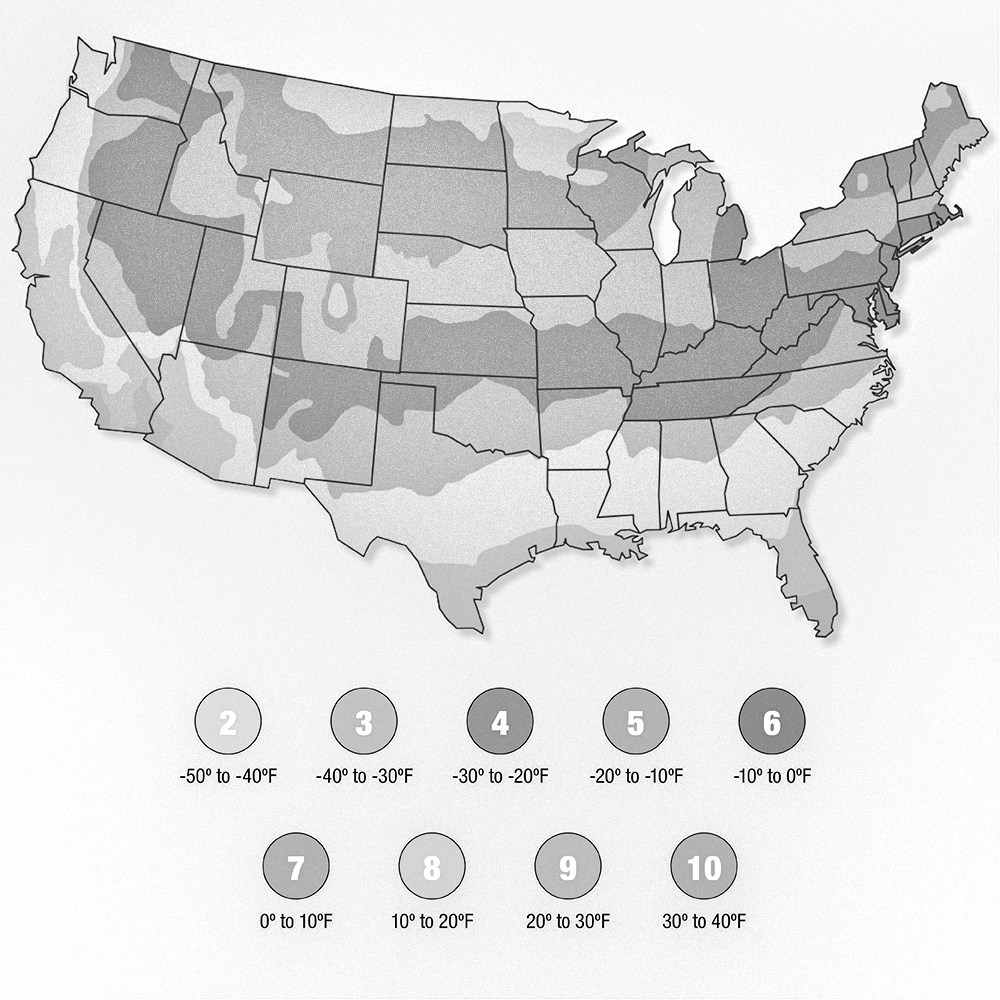

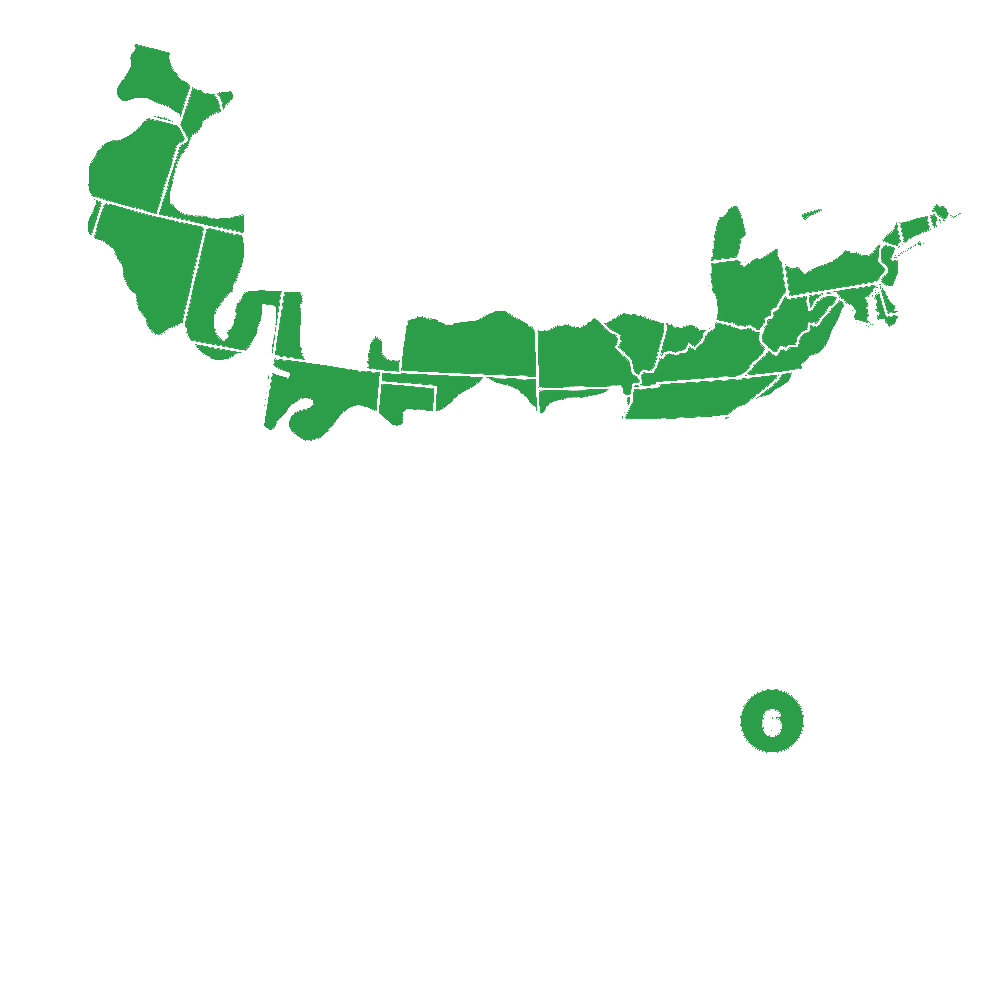



Pollination Info
Whipped Cream Rose (Rosa 'Whipped Cream') - Pollination Information
About the Whipped Cream Rose
The Whipped Cream Rose (Rosa 'Whipped Cream') is a hybrid tea rose cultivar known for its exceptionally creamy white flowers and wonderful fragrance. It is a popular choice for gardeners who want an elegant and classic rose in their landscape.
Pollination Requirements
Roses are typically self-fertile, meaning they have both male and female reproductive parts and can pollinate themselves. However, cross-pollination can lead to healthier and more vigorous plants, as well as potentially producing unique and interesting offspring.
The Whipped Cream Rose can benefit from cross-pollination with other rose varieties, which can be done by attracting pollinators or manually transferring pollen.
Pollinators
A wide range of insects, including bees, butterflies, and flies, are attracted to the flowers of the Whipped Cream Rose. These pollinators play a crucial role in transferring pollen from the anthers (male part) of one flower to the stigma (female part) of another, enabling successful fertilization.
To attract pollinators, ensure a garden environment that supports their presence. This can be achieved by planting other flowering plants that provide nectar and pollen throughout the growing season, such as lavender, salvia, or coneflowers.
Manual Pollination
If you wish to manually cross-pollinate the Whipped Cream Rose, follow these steps:
- Select a fully opened flower in the morning when the pollen is fresh.
- Identify the stamens (male parts) inside the flower, which are covered with yellow pollen.
- Using a small paintbrush or cotton swab, gently brush the stamens to collect the pollen.
- Locate the stigma (female part) of another rose flower, ideally of a different variety.
- Gently brush the collected pollen onto the stigma, making sure it comes into contact with the sticky surface.
- Repeat the process with several flowers to increase the chances of successful pollination.
Pollination Considerations
A successful pollination can result in the production of rose hips, which are the fruit of the rose plant. These hips contain seeds that can be harvested and used for propagating new rose plants.
Ensure that if you're interested in collecting rose hips, allow the flowers to naturally fade and form hips, as removing the faded flowers before hip formation may hinder seed development.
Remember that the pollination process can be affected by various factors such as weather conditions, availability of pollinators, and the proximity of other rose varieties. Experimentation and observation are essential to understand the specific pollination dynamics of your Whipped Cream Rose in its growing environment.
FAQ
FAQ - Whipped Cream Rose (Rosa 'Whipped Cream')
1. What is the size and height of the Whipped Cream Rose?
The Whipped Cream Rose typically grows to a moderate height, reaching around 2 to 3 feet tall.
2. What is the blooming period of this rose?
This rose variety blooms in early summer and continues to produce multiple flushes of flowers until the fall season.
3. What is the flower color and fragrance of the Whipped Cream Rose?
The Whipped Cream Rose is renowned for its exquisite white flowers that feature a delicate fragrance reminiscent of sweet cream.
4. How much sunlight does this rose require?
This rose variety thrives in full sunlight conditions, ideally receiving at least 6 hours of direct sunlight each day.
5. How often should I water this rose?
The Whipped Cream Rose enjoys a moderate level of moisture in the soil. It is recommended to water deeply once or twice a week, allowing the soil to dry slightly between waterings.
6. Does this rose require any special soil conditions?
The Whipped Cream Rose prefers well-draining soil with a slightly acidic to neutral pH level. Amending the soil with organic matter can improve its overall health and vitality.
7. How do I prune this rose?
Pruning the Whipped Cream Rose should be done in late winter or early spring to remove any dead or damaged wood. Additionally, light pruning can be done to shape the plant and encourage new growth.
8. Can I grow this rose in a container?
Yes, the Whipped Cream Rose can be successfully grown in containers. Ensure the container has proper drainage holes and use a quality potting mix. Regular watering and fertilizing are essential for container-grown roses.
9. Is this rose prone to any diseases or pests?
The Whipped Cream Rose is generally disease-resistant, but like any rose, it may occasionally be susceptible to common pests such as aphids, spider mites, or black spot. Regular monitoring and suitable pest control measures can help maintain its health.
10. Can I use the cut flowers of this rose in floral arrangements?
Absolutely! The Whipped Cream Rose's elegant white blooms make stunning additions to floral arrangements. Cut the flowers early in the morning or late in the evening, and place them in water immediately for long-lasting beauty.
Planting & Care
Planting & Care for Whipped Cream Rose (Rosa 'Whipped Cream')
- Planting Location: Choose a location with full sun exposure (at least 6 hours of direct sunlight) for optimal growth.
- Soil: The soil should be well-drained and rich in organic matter. Prior to planting, amend the soil with compost or well-rotted manure.
- Watering: Provide regular watering, especially during hot and dry periods. The soil should be moist but not waterlogged. Avoid wetting the foliage, as it can increase the risk of diseases.
- Fertilization: Feed the rose bush with a balanced rose fertilizer in early spring, just as new growth begins. Follow the package instructions for application rates.
- Pruning: Prune the Whipped Cream rose in late winter or early spring, before new growth emerges. Remove any dead, damaged, or crossing branches. Trim back the remaining stems to maintain the desired shape and size.
- Pest and Disease Control: Regularly inspect the rose bush for common pests such as aphids, spider mites, and rose slugs. Apply appropriate organic or chemical controls if necessary. Also, monitor for diseases like black spot, powdery mildew, and rust. Remove any infected foliage and consider using fungicides if the problem persists.
- Winter Care: Whipped Cream roses are hardy and can tolerate winter temperatures. However, in colder regions, it is advisable to protect the plant by applying a layer of mulch around the base to insulate the roots.
- Additional Care: Regularly remove spent flowers (deadheading) to encourage continuous blooming. This also helps to prevent the plant from diverting energy into producing seed heads.
Check Out These Verified Customer Reviews:
Customer Reviews
4.8 out of 5 based on 17 reviews
Thank you! Your review has been submitted.
Customer service was excellent, very responsive and helpful.
Fast and secure shipment.
Perfect condition upon arrival.
Item has been added to your cart.

